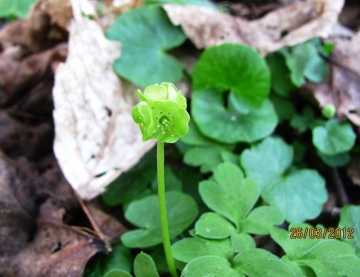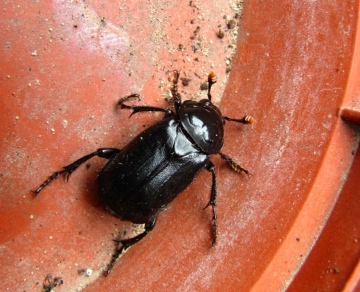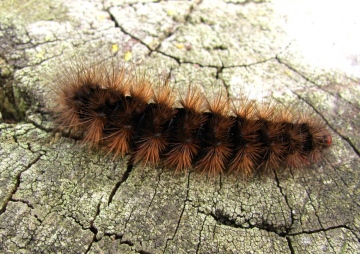Weather wise, it was another week of glorious sunshine and warm temperatures, reaching 23`C at Tollesbury Wick EWT Reserve on 29th. Like Steve, there have been exceptional numbers of Common and Small Quakers in my garden moth trap at Ingatestone this spring and both Twin-spotted Quaker and Oak Beauty have proved to be commoner than in any previous year since 1990. This may be because I have upped the power of my UV light from 40W to 60W this spring or it may be, as Steve suggests, due to the unusually warm weather. Never have discovered why the Victorians called them Quakers : because they are subdued in dress and restrained in manner perhaps?!
The first three Swallows of the spring had arrived at Blue House Farm on 30th. A lone Swallow may not a summer make but three, that's distinctly more promising, and its always pleasing to greet the first ones home before the close of March. Spring flowers are also coming to the fore. Primroses and Celandine everywhere; swathes of Coltsfoot at Writtle Park, Wood Anemones coming into bloom at The Backwarden and both Moschatel (pictured), otherwise known as Town Hall Clock, and even the first tentative blooms of Bluebell in The Grove at Ingatestone.
My garden is also beginning to hum with insects, a long overdue Garden Bumblebee Bombus hortorum among them. Five down, one common species to go! Among hoverflies, Eristalis pertinax, Meliscaeva auricollis and Eupeodes latifasciatus were three common ones confirmed on capture. Other bees are also getting numerous but I hesitate to guess at what species for fear of Peter coming down on my head like a ton of bricks! One I did recognise though was the Tawny Mining Bee while up to 50 queen Common Wasps have been feasting on the resin like sap exuded by the new shoots on the Nordmannii Spruce. This Sexton Beetle Nicrophorus humator turned up in the moth trap, recognizable by the orange tufts on the tip of its antennae. It is one of the burying beetles, the crypts of churches being one of its favourite habitats, hence the name
Another find this week was this Woolly Bear at Blue House, the caterpillar of the Cream-spot Tiger Moth; the maroon coloured head being the best ID feature. The caterpillars of its cousin, the Garden Tiger, were abundant locally when I was a boy, especially at this time of year when they are marching to and fro looking for somewhere to pupate, and we used to catch and rear them at home. There are still a few corners of Essex where the adult moth is of regular occurrence but I have caught precisely one here in the past 22 years. The Cream-spot, though, is still a frequent sight on the coastal marshes.





















